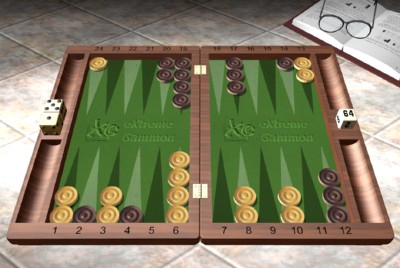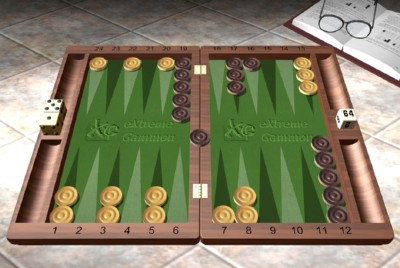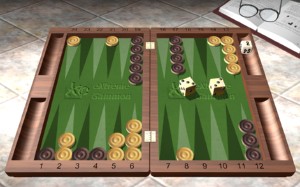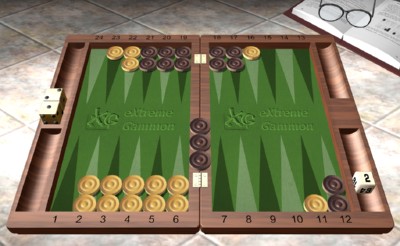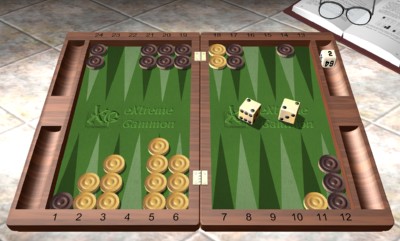Cash game, center cube.
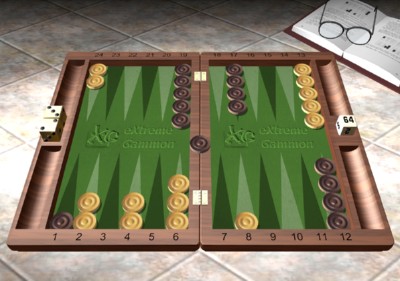
Should White double? If he doubles, should Black take or drop?
A key idea in understanding the proper use of the doubling cube on a practical level is that of the “benchmark” position. A benchmark cube situation is a position where one of the decisions (doubling or taking) is a toss-up, while the other is completely clear. Properly understanding a benchmark position is very useful since it unlocks the key to many related positions. Just compare your actual position to the benchmark, spot what the relevant differences, and you should be able to make a good cube decision over the board. Better players are aware of hundreds of good benchmarks, so they can make their over-the-board decisions quickly and accurately.


